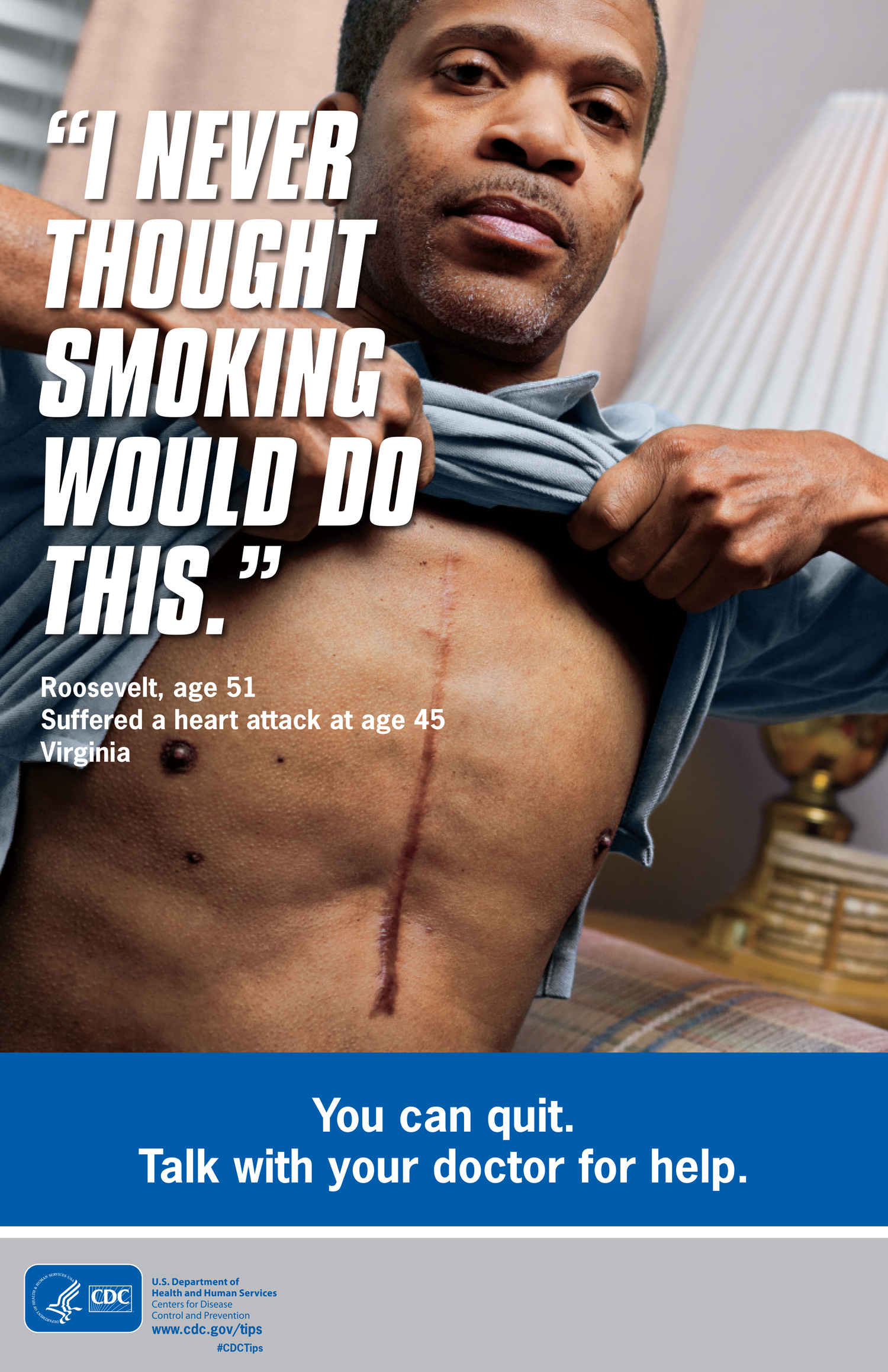Do like I say, not like I do
/"Can I get a light?"
That's what a young boy asks in this video PSA, titled "Smoking Kid," from the Thai Health Promotion Foundation and produced by Ogilvy & Mather. The video went viral and won a number of coveted advertising awards.
But the magic here is not the video itself — it's the guerrilla tactic of having a child ask for a light, be rebuffed by smoking adults and then present those adults with a card that reads:
You worry about me? But why not about yourself?
This campaign shows that adults do, indeed, understand the dangers of smoking — they can recite them to the child asking for a light.
As Mike Allen of Jennings Co. stated in a recent blog post:
Most adults know that smoking is very harmful, but when you present it this way, it hits you right between the eyes. Watch it and see what I mean.
Yes, watch it.
There is also growing evidence that graphic ads have led some to quit smoking, perhaps as many as 100,000 Americans already this year, according to a story in The New York Times. The piece quotes Thomas Frieden, MD, MPH, Director of the U.S. Centers for Disease Control & Prevention, which launched the campaign.
“I think the fact that you may die is not highly motivating to people. The fact that the remainder of your life may be very unpleasant is, and that’s what the data show. Not only do smokers die about 10 years younger than most people, but they feel about 10 years older than their age.”
So death doesn't motivate, but feeling old does. Well, whatever works!
The CDC campaign is called "Tips from Former Smokers."
Sources: Jennings Co. & The New York Times




